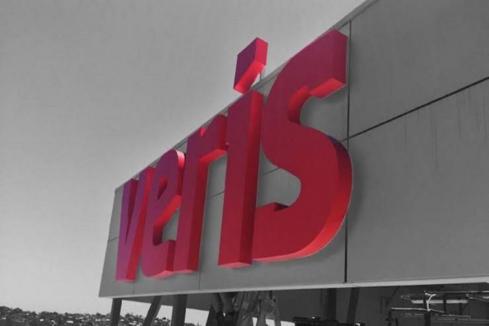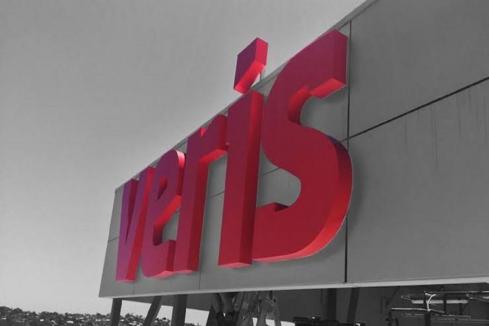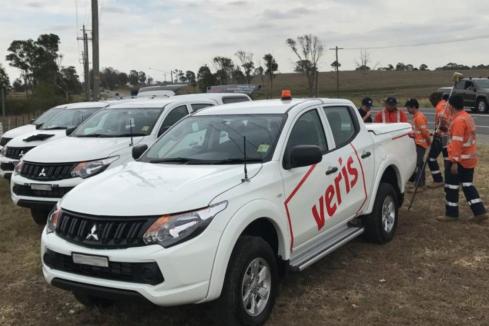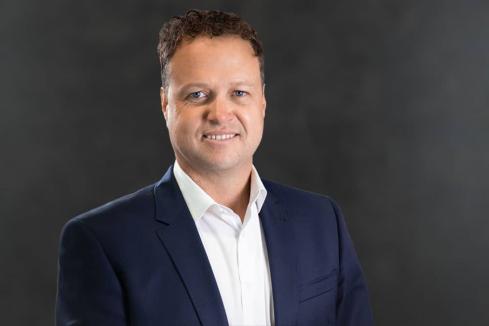SPECIAL REPORT: ASX-listed company Veris has transitioned its business from the mining sector to become a diversified outfit focused on key infrastructure projects across Australia.

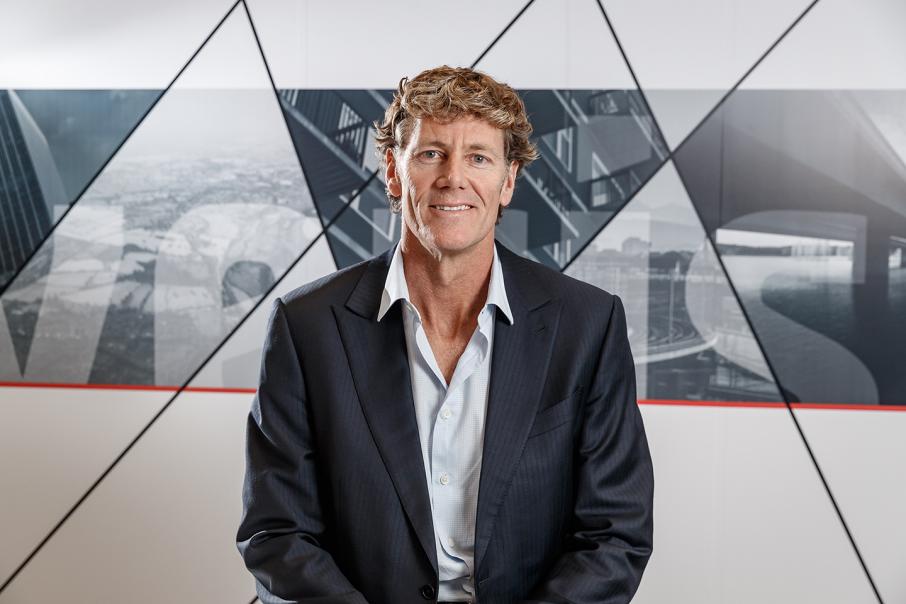
Perth-based Veris has had a busy four years, making nine acquisitions, undergoing a rebrand, and shifting its focus to surveying, professional advisory, and geospatial services.
Rebranding as Veris in 2016, the company has come a long way since Adam Lamond established it as contracting business Ocean to Outback Electrical in 2003.
Mr Lamond, who is now managing director at Veris, said the 2010 purchase of Perth-based surveying firm Whelans for $9 million gave him an insight into the surveying industry.
“What attracted me to that (Whelans) was the consistency of revenue of that business and the diversification of the revenue over the resource sector, property and infrastructure,” he said.
After listing on the ASX in 2011 via a reverse takeover, the company moved to broaden its operations to protect the business from the volatility of the resources sector.
The strategy has culminated in a series of purchases since 2014, which included a number of east coast companies focused on the surveying sector.
With annual revenue in excess of $3 billion, the surveying industry is highly fragmented, with an estimated 3,400 firms in the sector, while the four biggest players account for less than 10 per cent of revenue.
Veris is aiming to consolidate its position in that market and is now working on a variety of key infrastructure projects on the eastern seaboard, including Sydney Light Rail, Melbourne Metro and Western Sydney Airport.
The company’s half-year results to December 2017 highlight the continuing transformation, with revenue from continued operations up 47 per cent on the previous corresponding period to $46 million.
That result was primarily driven by an increase in surveying revenue from $29.5 million to $41.3 million.
Mr Lamond said that, since the end of 2016, the company had been in the process of integrating the businesses under one umbrella.
“The last 18 months we’ve been focused on developing the operating model and then the last 12 months has been transitioning those businesses in,” he said.
Investors had been wary of the strategy, judging by the company’s volatile share price to mid 2017, but over the past year the share price has doubled, signalling positive support.
“The market was looking for organic growth and they were looking to see that we completed the integration,” Mr Lamond said.
“I think at the end of this financial year the market will see that that’s been done.”
Despite the recent growth in its share price, Mr Lamond said the integration process had provided some difficulties.
“It’s been a huge amount of work this year within the business and it’s been very challenging,” he said.
“Managing the balance of trying to bring the businesses together when they had earn-outs in place was difficult.
“As we got to the fifth and sixth acquisitions there was a lot more crossover in terms of competition between some of the clients they were pricing work for, so it was a little harder to manage.
“That slowed down the integration timeframe.”
With the incorporation of all the businesses into Veris now complete, Mr Lamond said the company was aiming to improve margins.
“Next year is a focus on bedding down the systems and processes now that we have everyone into the one standard entity,” he said
“Our commentary to the market has been that we want to increase our margins of the business and really prove-up the investment that we’ve made into integrating these businesses.
“In 12 months’ time you’re going to see stronger cash flow.”







